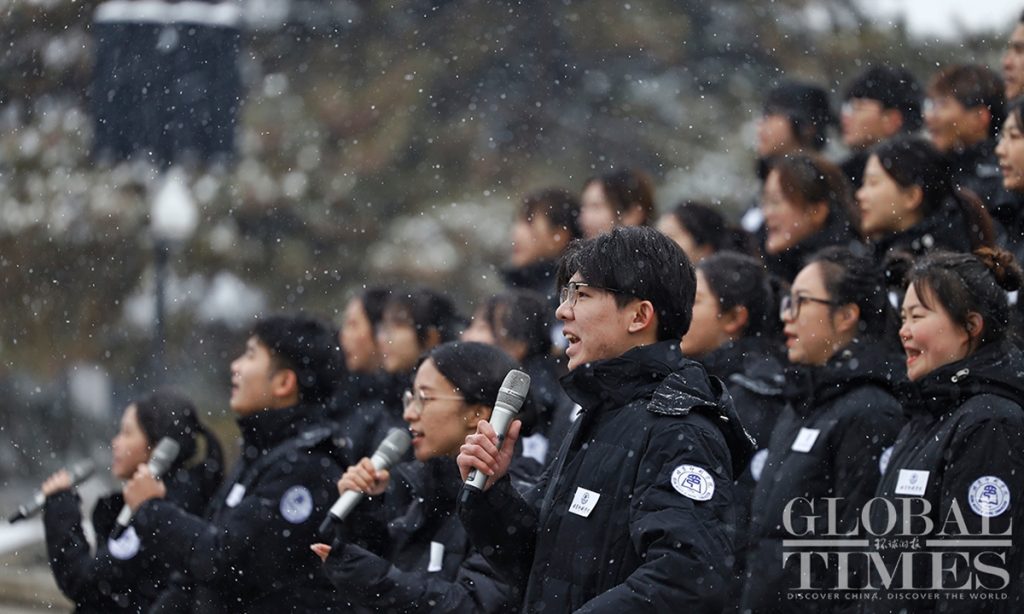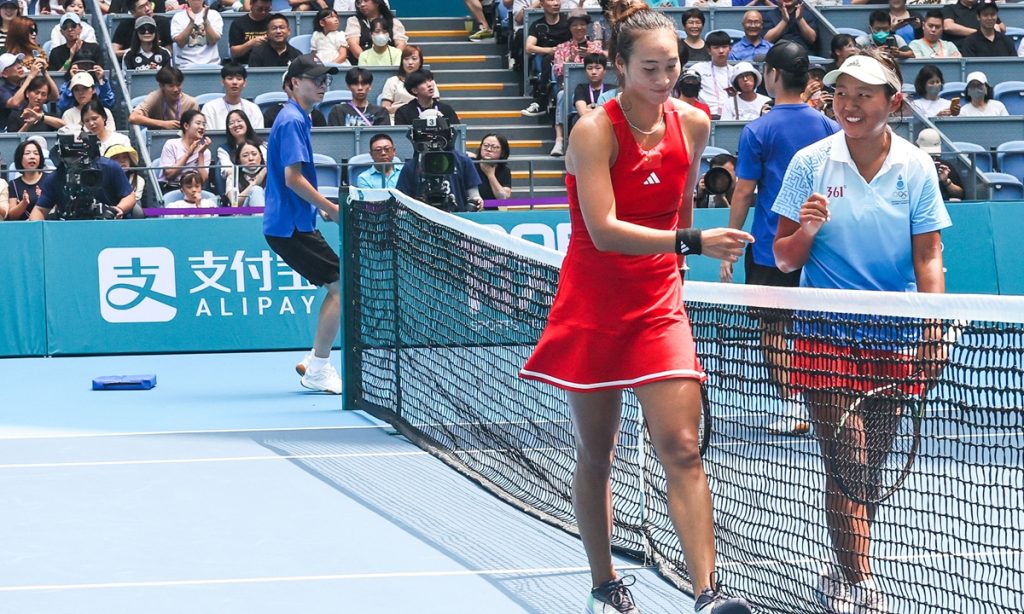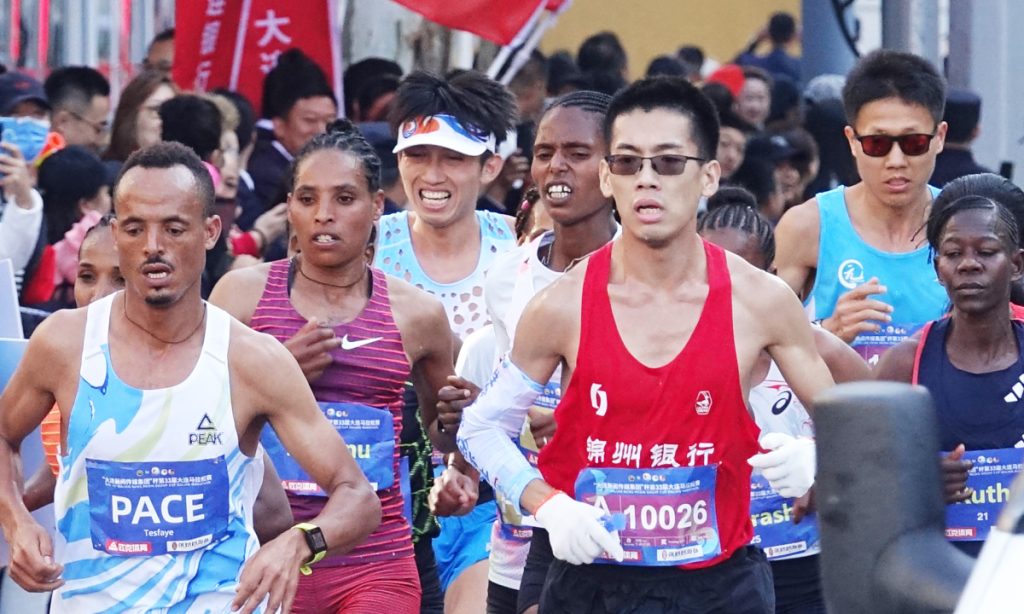Foodborne disease outbreaks down by 11% since 2021; nationwide reporting network to be built next year: national health official

China's food safety governance has made positive progress with a decrease of 11 percent in the number of foodborne disease outbreaks and a 33.9 percent reduction in the number of related deaths since the beginning of the period covered by the 14th Five-Year Plan (2021-2025), officials from the National Health Commission (NHC) revealed at an event in Beijing on Tuesday during Food Safety Awareness Week.
Cao Xuetao, an official from the NHC, noted at the event that China has implemented a national food safety risk monitoring program, and conducted in-depth analysis of risk monitoring database information. This guides local authorities to release risk warning information and advises the public on rational food procurement and storage.
Li Ning, director of the National Center for Food Safety Risk Assessment, said at the event that in recent years the NHC has established three major monitoring systems: the national foodborne disease monitoring and reporting system, the foodborne disease outbreak monitoring system and the foodborne disease molecular traceability network. These systems play a role in risk monitoring, assessment, and early warning, effectively preventing systemic risks.
In the next step, the commission will guide local authorities to strengthen risk monitoring and assessment and it plans to build a nationwide reporting network for foodborne disease cases in secondary and above public medical institutions by the end of next year, according to Li.
With the help of big data, cloud computing, and other information technologies, the network will improve the multi-point triggered monitoring and early warning model, making regional risk warnings more sensitive and efficient.
Foodborne diseases are a significant global public health issue. The World Health Organization (WHO) estimates that up to 600 million people worldwide fall ill and 420,000 die each year due to consuming contaminated food. To address the challenges posed by foodborne diseases, the WHO recommends that countries strengthen monitoring and early warning systems for foodborne diseases, according to Li.
Li said that according to the foodborne disease monitoring network, from 2010 to 2022, a total of 46,430 foodborne disease outbreaks were reported nationwide (an average of 3,572 per year, among which 1,024 cases were due to mushroom poisoning), with 330,870 cases of illness (an average of 25,452 per year) and 1,679 deaths (an average of 129 per year, among which 70 were caused by mushroom poisoning).
The main places for foodborne disease outbreaks in China were households (50 percent) and catering service establishments (46.3 percent). However, catering service establishments contributed the highest number of illness cases, accounting for about 70 percent of the total, according to Li.
Li noted that people should avoid consuming or picking wild mushrooms, as the main cause of foodborne disease outbreaks in households is the consumption of wild poisonous mushrooms and contamination by pathogenic bacteria.
In terms of catering service establishments, attention should focus on preventing bacterial foodborne diseases, while school cafeterias should pay special attention to the contamination of rice with Bacillus cereus. Nearly 70 percent of Bacillus cereus outbreaks in China are caused by rice and other grain products.








